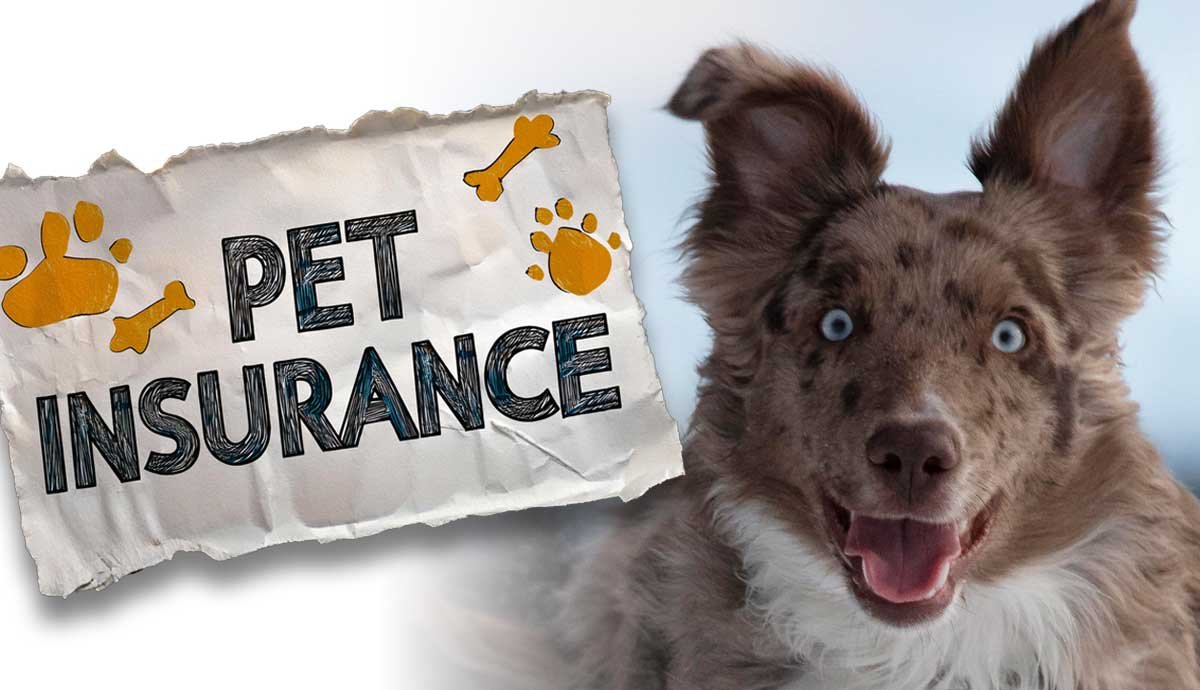As pet owners, one of the most important responsibilities we have is ensuring the health and well-being of our furry friends. While providing proper nutrition, regular exercise, and plenty of love are essential components of their care, veterinary bills can add up quickly, especially if your pet faces an unexpected illness or injury. This is where pet insurance comes in. Pet insurance is designed to help cover the cost of veterinary treatments, making it easier for pet owners to afford medical care for their pets. But what exactly does pet insurance cover, and is it worth the investment? Let’s dive into the details to help you make an informed decision.
What Does Pet Insurance Cover?
Pet insurance typically covers a wide range of veterinary costs, but the specific coverage will vary depending on the policy and provider you choose. Generally, pet insurance can be divided into three main types: accident-only, time-limited, and comprehensive coverage.
1. Accident-Only Coverage
As the name suggests, accident-only coverage is the most basic form of pet insurance. It covers expenses related to accidents, such as injuries from a fall, car accident, or ingestion of a foreign object. This type of coverage can be a more affordable option for pet owners who want to ensure that their pets are protected in case of emergency accidents but don’t want to pay for more extensive coverage.
2. Time-Limited Coverage
Time-limited coverage generally covers a range of issues, such as accidents, illnesses, and conditions that develop over time, but with a time limit. For example, if your pet develops a condition like a skin infection, the insurance policy might only cover treatment for that condition for a set period, such as 12 months. After that time, you will be responsible for paying the full cost of treatment. This type of coverage is more comprehensive than accident-only coverage but may still come with some limitations.
3. Comprehensive Coverage
Comprehensive pet insurance is the most extensive type of coverage available. It typically covers accidents, illnesses, surgeries, diagnostic tests, prescription medications, and sometimes even routine care, such as vaccinations and annual check-ups. Comprehensive plans are ideal for pet owners who want peace of mind knowing their pet will be covered for a variety of health conditions, whether they are sudden accidents or ongoing health issues.

Common Things Covered by Pet Insurance
While coverage can vary between providers and plans, here are some of the most common services typically covered by pet insurance:
- Accidents and injuries: Coverage for emergency care, surgery, hospitalization, and rehabilitation resulting from accidents such as fractures, lacerations, or poisoning.
- Illnesses and diseases: Coverage for both acute and chronic illnesses, such as infections, cancer, diabetes, and heart disease.
- Surgical procedures: Coverage for surgeries, both planned and emergency, such as spaying or neutering, orthopedic surgeries, or tumor removal.
- Diagnostic testing: Coverage for diagnostic procedures like blood tests, X-rays, MRIs, ultrasounds, and biopsies.
- Medications: Coverage for prescription medications needed to treat your pet’s condition.
- Chronic and hereditary conditions: Some policies cover ongoing treatments for conditions like arthritis or genetic conditions that may require long-term care.
- Emergency care and hospitalization: Coverage for emergency visits to the vet, overnight stays, or specialist care if necessary.
- Alternative therapies: Certain policies may also cover alternative treatments like acupuncture, physical therapy, or chiropractic care.
- Preventative care (with some plans): Some plans offer wellness coverage for routine care, such as vaccinations, flea and tick prevention, dental cleanings, and annual exams.
What’s Not Covered by Pet Insurance?
While pet insurance can provide valuable financial protection, there are certain exclusions that you should be aware of when choosing a policy. Some of the common exclusions in pet insurance policies include:
- Pre-existing conditions: Pet insurance typically does not cover conditions that existed before the policy was purchased, whether diagnosed or not.
- Cosmetic procedures: Non-essential surgeries or cosmetic procedures, such as ear cropping or tail docking, are generally not covered.
- Routine care: Many policies don’t cover routine care unless you purchase additional wellness plans.
- Behavioral issues: Treatment for behavioral problems, such as anxiety or aggression, may not be covered.
- Elective procedures: Procedures that are not deemed medically necessary, such as elective spaying or neutering, may be excluded from coverage.
It’s important to read through the terms and conditions of the policy you are considering to ensure you understand the exclusions and limitations.
Is Pet Insurance Worth It?
The decision of whether pet insurance is worth it depends on several factors, including your pet’s age, breed, health, and your financial situation. Here are some considerations to help you decide if pet insurance is right for you:
1. Peace of Mind
One of the biggest advantages of pet insurance is the peace of mind it provides. With pet insurance, you can rest assured knowing that you will be able to afford your pet’s medical care in case of an emergency or unexpected illness. This can reduce stress and worry, allowing you to focus on your pet’s recovery rather than financial concerns.
2. Cost vs. Benefits
Pet insurance can be an investment, and the premiums you pay will depend on the coverage you choose. However, depending on your pet’s health needs, insurance may save you money in the long run. Some veterinary treatments, such as surgeries or cancer treatments, can cost thousands of dollars, and pet insurance can help offset those high costs.
3. Your Pet’s Age and Health
If your pet is young and healthy, you may not need pet insurance as much. However, as pets age, they are more likely to develop health issues that require treatment. If you plan to invest in long-term coverage for your pet, getting insurance when they are younger is typically more affordable.
4. The Risk of Unexpected Medical Costs
For pets that are at higher risk for certain conditions (e.g., certain breeds prone to genetic health problems), pet insurance can be an important safety net. Some conditions, such as cancer or hip dysplasia, can result in expensive treatments, and pet insurance can ease the financial burden associated with them.
Conclusion
Pet insurance can be a valuable tool for pet owners, offering financial protection and peace of mind when your furry friend needs medical care. Whether or not pet insurance is worth it depends on your individual circumstances, including your pet’s health, your financial situation, and your willingness to invest in long-term coverage. Be sure to research different plans, assess the specific needs of your pet, and read the fine print before purchasing a policy. Ultimately, pet insurance can provide you with the security you need to ensure your pet receives the best possible care without breaking the bank.











